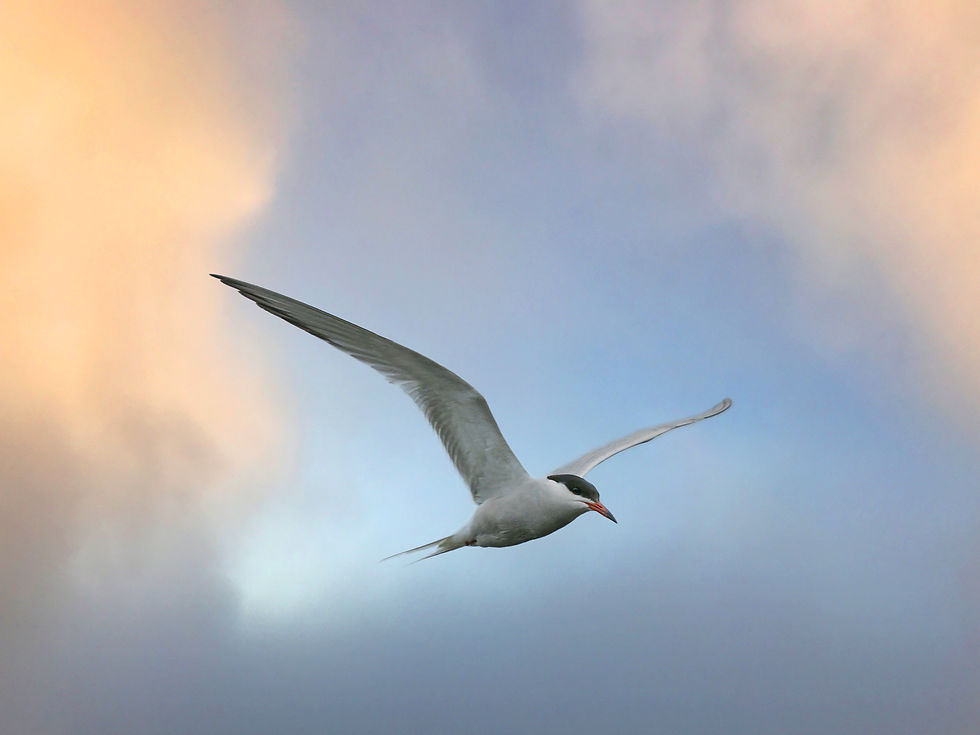Magnificent Migrations
- Sam Nunes
- Dec 2, 2023
- 3 min read
Updated: Dec 16, 2023

There are many reasons to migrate. As seasons change, the availability of food changes, leading to decreased food availability or increased competition for food. Changing environments can lead to favorable or challenging conditions to bring in the next generation. And sometimes it's as simple as it's too cold. Migration is a big energy commitment and survival risk, so it needs to be worth the effort. There are some species who take it to the max, traveling the farthest by land, sea, and air great distances to find their more favorable conditions. So who are some of these magnificent migrants? Let's get into it!

What drives the longest land migration on Earth? Caribou need lots of food in the spring and summer to support the energy for calving, lactation, antler development, and molting. Because of this, they must move where there is abundant food. But if the food is more abundant in the south, why go back north? Although adult caribou are large enough to not have to worry too much about predation, their babies are vulnerable to grizzly bears, wolves, and golden eagles. Altogether, caribou migrate more than 750 miles (1,200 km) through Alaska round trip per year. There are animals that move farther on land than these caribou, but not in a migratory pattern. Gray Wolves in Mongolia have been recorded traveling around 4,500 miles (7,200 km) in a year. It's common for predators to move more than their prey because they must move with their prey, whereas species like the caribou are searching for stationary plants for food.

Our planet is mostly ocean, so migratory animals have the benefit of a greater range they have access to, but also the disadvantage of having to make that distance. The Gray Whale performs the longest ocean migration, with a round trip total of 12,000 miles (19,300 km) between the Arctic and Mexico. The drivers of their migrations are similar to the caribou. The warmer waters of Mexico provide a suitable habitat to bring their calves into the world, but the summer arctic waters produce enough food to sustain the whales. This is due to the increased duration of sunlight in the summer months paired with upwelling of nutrients, which are ocean currents that drive cold nutrient rich water up from the deep ocean. These conditions lead to lots of phytoplankton growth which drives the base of the food web and fills the appetite of the whales.

No one has more space to migrate than animals who travel by air. Every year birds migrate thousands of miles for similar reasons to their land and ocean counterparts. One of the most remarkable bird migrators are the Arctic Terns. These birds have the longest migration of any animal. They breed in the arctic summers and then travel down to the Antarctic to enjoy their summer. This gives them a round trip total of 55,000 miles (88,500 km). With an average lifespan of 30 years, their grand total throughout their life is enough to fly around the Earth 66 times or take 3 round trips to the moon and back.

Many animals migrate but the largest mass migration is performed by a small fish. South African Sardines grow to about 10 inches (25 cm) long, but when grouped together, they create a migratory group that can be up to 20 miles (32 km) long! Just like whales, this migration is driven by seasonal changes in ocean currents. Upwelling winter waters in the winter driven up from the deep off the coast of South Africa drive a current of water east. This is accelerated by the parallel Agulhas current which is a stream of warm water that moves in the opposite direction further offshore. This change in water conditions drives the sardines to come together and migrate in mass. But why they migrate remains a mystery.
Seasonal changes drive animals to migrate to faraway habitats for food, breeding, and more comfortable conditions. Animals travel by land, sea, and air, and they make impressive trips. Caribou traverse the land, gray whales traverse the oceans, the arctic tern encircles the earth and sardines travel in such a large mass that they could be seen from space! Animals perform these impressive feats every year to survive and thrive on our shared planet.
Sources:
Caribou
Grey Whale
Arctic Tern
Sardines - largest mass migration


Comentarios